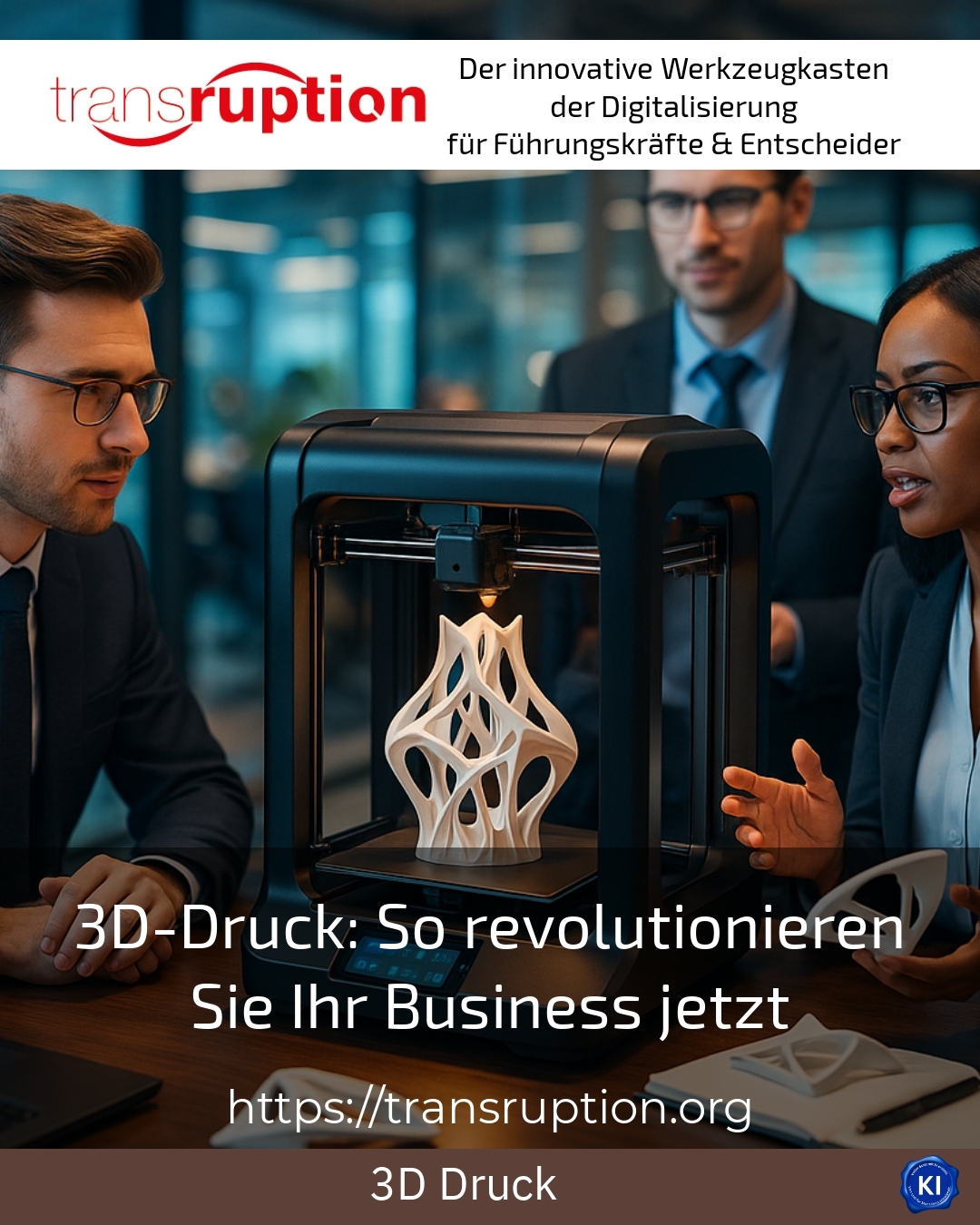3D printing is revolutionising the way companies design their business models and manufacture their products. Additive manufacturing allows more complex structures to be created with less material, significantly increasing efficiency and cost-effectiveness. Industries such as medicine, mechanical engineering and the automotive industry are benefiting from the freedom of design and the ability to develop customised solutions thanks to 3D printing[1][2].
Areas of application for 3D printing
3D printing can be used in numerous industries and offers companies a wide range of opportunities for product optimisation and innovation. In medicine, it enables the production of customised implants and prostheses that are individually tailored to the patient's needs[1][5]. In mechanical engineering, lightweight and robust components can be manufactured to increase productivity[1].
In the area of education and research
In educational institutions, 3D printing is used to give pupils and students practical experience in science, technology, engineering and maths. By producing models and prototypes, complex concepts can be better understood[1].
BEST PRACTICE in the education sectorOne example is the use of 3D printers in universities to support student projects and create realistic models of buildings or machine parts. This allows students to develop and expand their skills in a practice-orientated environment.
3D printing in the industry
In industry, 3D printing is used particularly in the automotive and aerospace sectors. Here, lightweight and complex components are produced to improve the performance and efficiency of vehicles and aircraft. Jaguar, for example, uses 3D printing to produce spare parts for classic vehicles that are no longer available in regular stores[4][6].
Application in prototyping and final production
3D printing enables fast and cost-effective prototyping and the production of final components. This leads to a considerable acceleration of the product development process and allows flexible customisation of design and function[2][6].
BEST PRACTICE in the automotive industryA car manufacturer uses 3D printing to develop and test prototypes of car parts. This makes it possible to respond more quickly to customer requirements and provide customised solutions.
Conclusion and future prospects for 3D printing
3D printing offers companies in various industries significant advantages by increasing productivity, reducing costs and enabling creative freedom in product design. By integrating 3D printing, business models can be innovatively transformed and new markets opened up.
My analysis
3D printing is a key driver of innovation and efficiency in modern industry. Its ability to create complex structures with less material makes it a valuable tool for companies that want to produce in a sustainable and customised way. By combining 3D printing with other technologies, companies can fundamentally change their business models and make them fit for the future.
Further links from the text above:
– Areas of application for 3D printing
– Innovative 3D printing applications
– 3D printing business ideas
For more information and if you have any questions, please contact Contact us or read more blog posts on the topic TRANSRUPTION here.
















